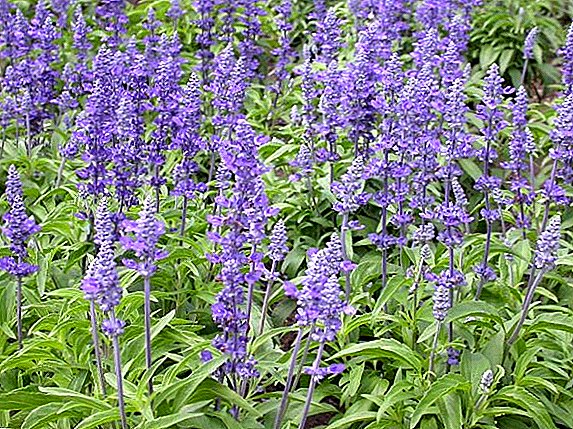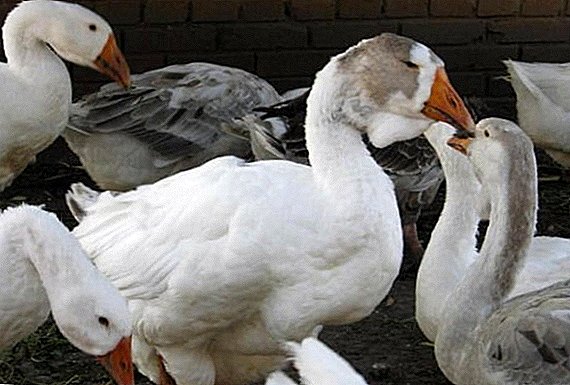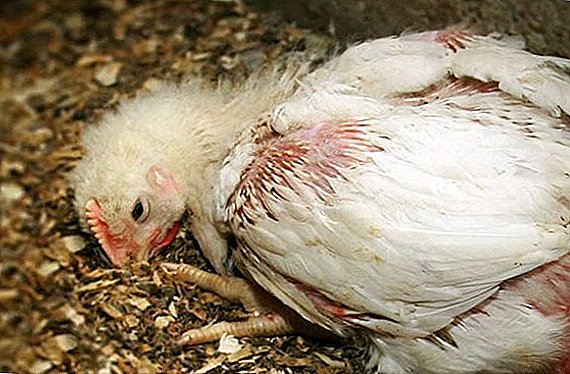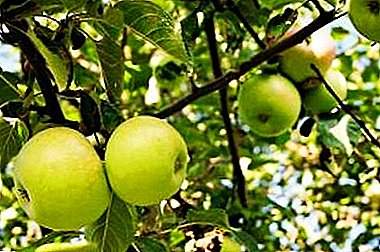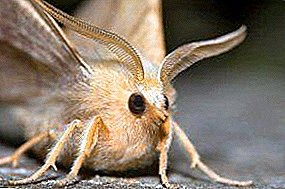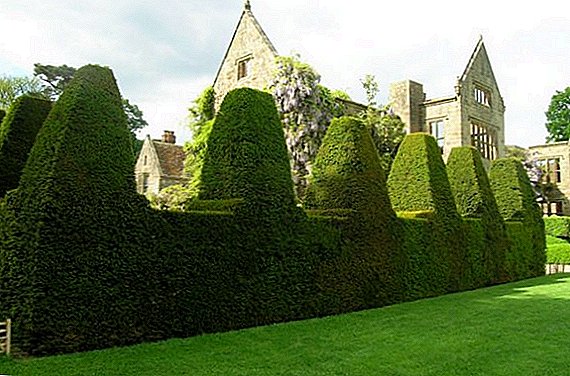 Increasingly, amateur gardeners want to create an unforgettable style on their site. In this they can be helped by a popular phenomenon - the formation of an unusual figure of green shrubs. A phenomenon that is popular throughout the world, is available to every person. You just need to learn how to grow bushes.
Increasingly, amateur gardeners want to create an unforgettable style on their site. In this they can be helped by a popular phenomenon - the formation of an unusual figure of green shrubs. A phenomenon that is popular throughout the world, is available to every person. You just need to learn how to grow bushes.
Purpose and Forms
A hedge is a very effective tool not only in the decorative, but also in the work plan. It can perform many functions. First of all, you have the opportunity to isolate themselves from the annoying glances of passersby.
After all, it happens that the site is in a public place, and you do not want to install a dense fence. And in order to somehow hide from the field of universal viewing, you need to take some measures. A high hedge is great for this feature.
Did you know? There is a whole art of giving a certain form to bushes, and it is called topiary.
In addition, a well-placed fence will protect the site from wind, dust, snow, rain and other natural pollutants. Depending on the type and form, you can fence off your own territory and divide it into functional zones.
Addition to the decor of the alley, flower beds, the definition of the walking area, the creation of green compositions - all this can make a simple hedgehog. There is even a classification of this phenomenon.
So, shrubs are distinguished by the form: 

The first in the list are often used by designers to impart a certain style to the cottage. Such hedges have clear lines that the gardener himself draws. He defines the shape.
For this type, select special plants that are well cut and at the same time have a dense leaf growth structure. The width of the bushes may be small, so they do not take up much space in the country.
From what shape give a fence, it is divided into:



Each of the profiles is created using different tools and plant species. For example, a rectangular shape can be created using shade-like types of shrubs. If they are light-requiring, then with this form of a bush, the lower leaves may die.
If you want to achieve the shape of a triangle, then you need to trim the bushes under 80 ° on both sides. The most optimal is a trapezoidal hedge, as it allows all leaves and shoots to obtain the optimum amount of sunlight, and therefore suitable for many types of shrubs.
The circle of plants to create the most difficult, it requires the possession of certain skills. Therefore, this form is most rarely resorted to, although it looks very harmonious on any site.
If the territory of the dacha allows, then a second type can be organized - a free-growing hedge. Its width, unlike the previous one, can reach up to 3 m.  Such hedges are created from plants that do not tolerate a haircut. Instead, they take their aesthetics - beautifully growing shrubs that have large and bright flowers.
Such hedges are created from plants that do not tolerate a haircut. Instead, they take their aesthetics - beautifully growing shrubs that have large and bright flowers.
All this gives the site a solemn look. Plants are usually planted, taking into account the color of the leaves or the flowers themselves and creating a unique palette of colors.
Did you know? In Europe, parks with figures made in the form of animals, people and geometric figures, began to appear in the Renaissance period.
How often to cut?
A free-growing hedge can only be trimmed once a year or 2 to trim the bushes. It is also necessary to stimulate flowering. Although this procedure can not be done at all.
As for the trimmed type of hedges, then, of course, everything is a little more complicated. In the first years it is necessary to carry out a hairstyle 1 time for the whole vegetation period. It happens in early autumn or late spring.
Next, you have to focus on the growth rate and cut at least 2-3 times a year.
So the plant will rapidly gain height, much faster than with a single haircut. It is necessary to monitor the hedge, and then you yourself will understand when you need to cut the bushes - with the loss of clear lines of the figure and the appearance of young shoots. 
Important! If you spend 2 haircuts per year, then re-need to be carried out in the summer - in June or July.Most often deciduous plants are used to form a hedge. If they are too branched, they are cut at a distance of 30 cm from the ground, and if there are few new shoots, then 15 cm is enough.
If you landed a plant in the fall, then for the first time it will have to be cut in the spring of next year. If it grows on a plot from spring or summer, then it will have to be cut off after you have planted it.
If the fence consists of conifers, then cut it is not worth it. This can be done no more than once a year, so that it grows better.
Pruning shrubs into groups
Robert Markle - German garden expert - subdivided ornamental shrubs into special groups. This was necessary in order to facilitate the understanding of which plants should be pruned and in what period. 
First
The first group includes those plants that do not require cutting the bushes in the spring. This is because in this group mainly such specimens are collected which have a low capacity for regeneration, respectively, they need to be cut less often.
In addition to a long period of growth, the plant is extremely difficult to tolerate the wounds inflicted on it. It is enough to cut only the old branches, so as not to harm the bushes.
The first group includes plants such as Magnolia, Viburnum, Common Dogwood, Irga, Witch Hazel, Blooming Dogwood, Laurel Cherry.
The second
The second group includes those shrubs that begin to bloom before the others. Pruning in such cases is carried out after the end of the flowering period.
The process is to remove old flowers. In this way you will make a new move. No additional procedures should be carried out.
Important! If you cut the second type of shrubs in early spring, they will not give flowers, because the cut shoots were buds.To cut off the faded branches by one third. This approach will contribute to abundant flowering. Be careful not to cut branches at the same height each year.
If you do this, the branch will become compacted and a painful growth will appear on it. He will not allow the plant to release new shoots from below.
The second group includes forsythia, jasmine, currant blood-red, Japanese keryriya, colqution, deutzia, Florida weigela, early flowering spirea, and also lilac.
The second group formed a small addition: subgroup 2a. It includes those shrubs that are in need of total cutting. These include willow, almond, gorse, etc.
Usually, after a period of flowering, they need to be cut to the base, or to new shoots. So next year they will give magnificent flowers.
Third
The third group includes those hedges that have a late flowering period. If this happens, it means that the buds and shoots were formed in the same year. 
At the beginning of the new flowering season, plants of this group can be completely cut off. The third group of pruning includes roses, budleya, spirea, some types of hydrangea.
Important! If you often carry out this procedure, then you need to not forget about the fertilizer plants.
Tips and tricks
If you prefer the formation of complex forms of hedge, then it is better to do this with stencils. You can create them using thick cardboard or fiberboard. Just make a hole on the canvas of the shape that you want to recreate.
It so happens that a hedge becomes a home for birds. They build nests there and even lay eggs. Do not be indifferent to this and wait a little with pruning shoots until mid-June, until the chicks fly away.
Conifers are pruned at the end of August. If you do this earlier, the young shoots will not stiffen, which means they will not be sufficiently protected from frost in the cold season.
If you often prune bushes, then you need to fertilize them. We advise you to do it in the spring. Lay a 3 cm layer of compost around the plant. Instead, you can use fertilizers sold in a store for this purpose.  Before buying tools, in particular scissors, check their condition and adjustment. Good blades cannot be heavy. Pay attention to your personal comfort - whether it will be convenient for you to use them.
Before buying tools, in particular scissors, check their condition and adjustment. Good blades cannot be heavy. Pay attention to your personal comfort - whether it will be convenient for you to use them.
Take care of your personal tools: wipe after cutting the blade, sharpen scissors that have become dull, and preserve tools when you are not using them.
If you follow these simple tips, the procedure for mastering a new garden decoration technique will no longer seem so complicated. Decorate your site and do not be afraid to add something new there.


